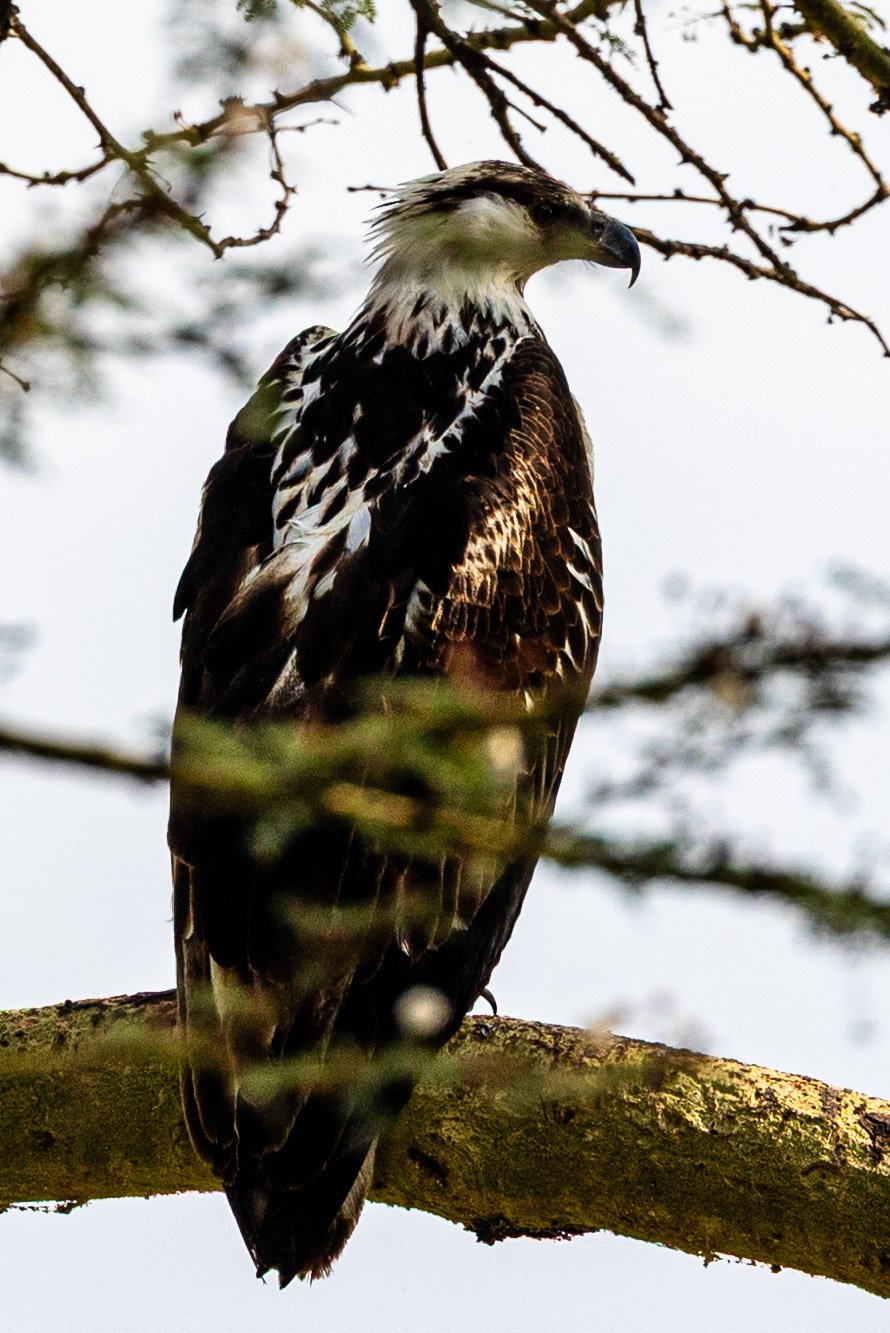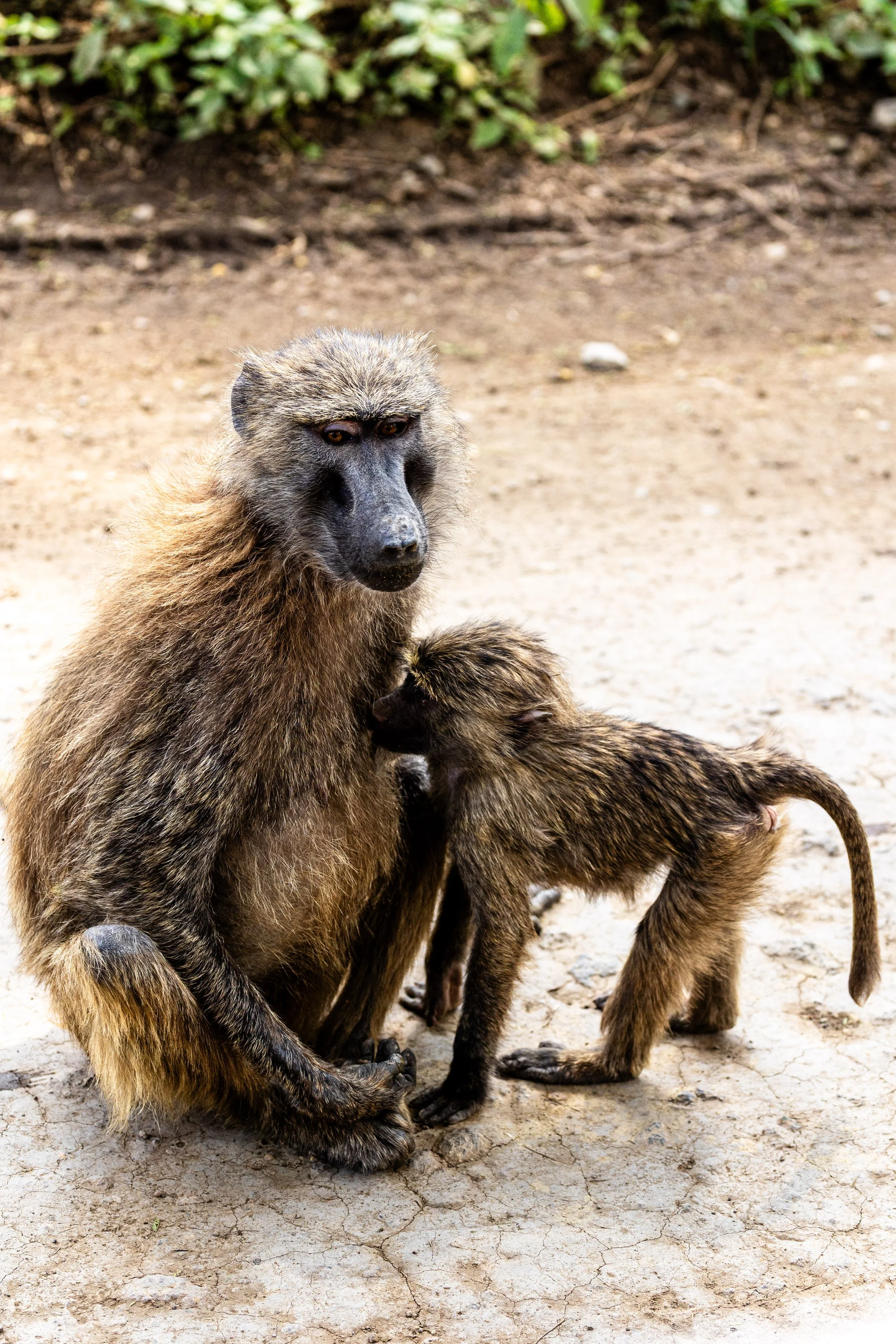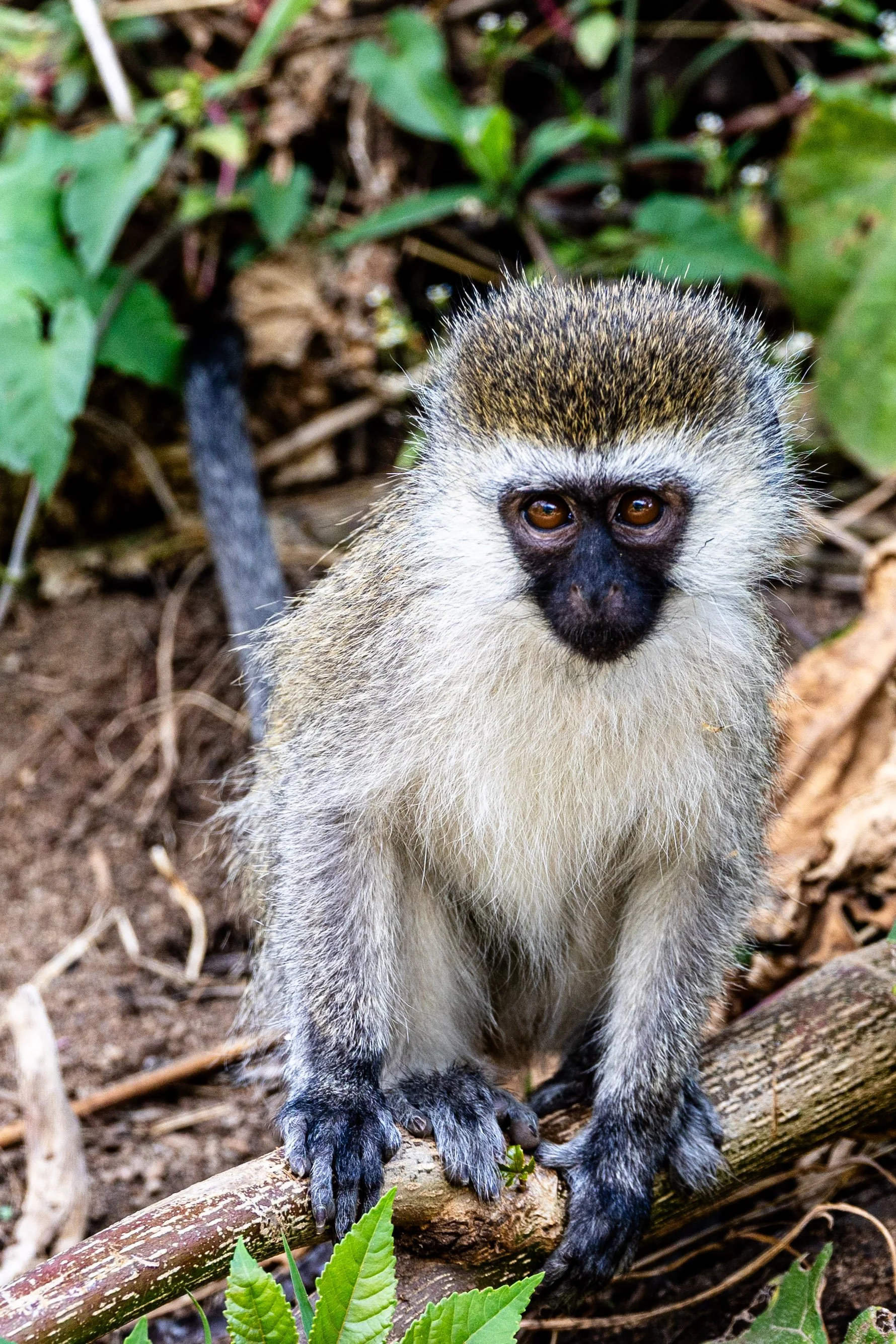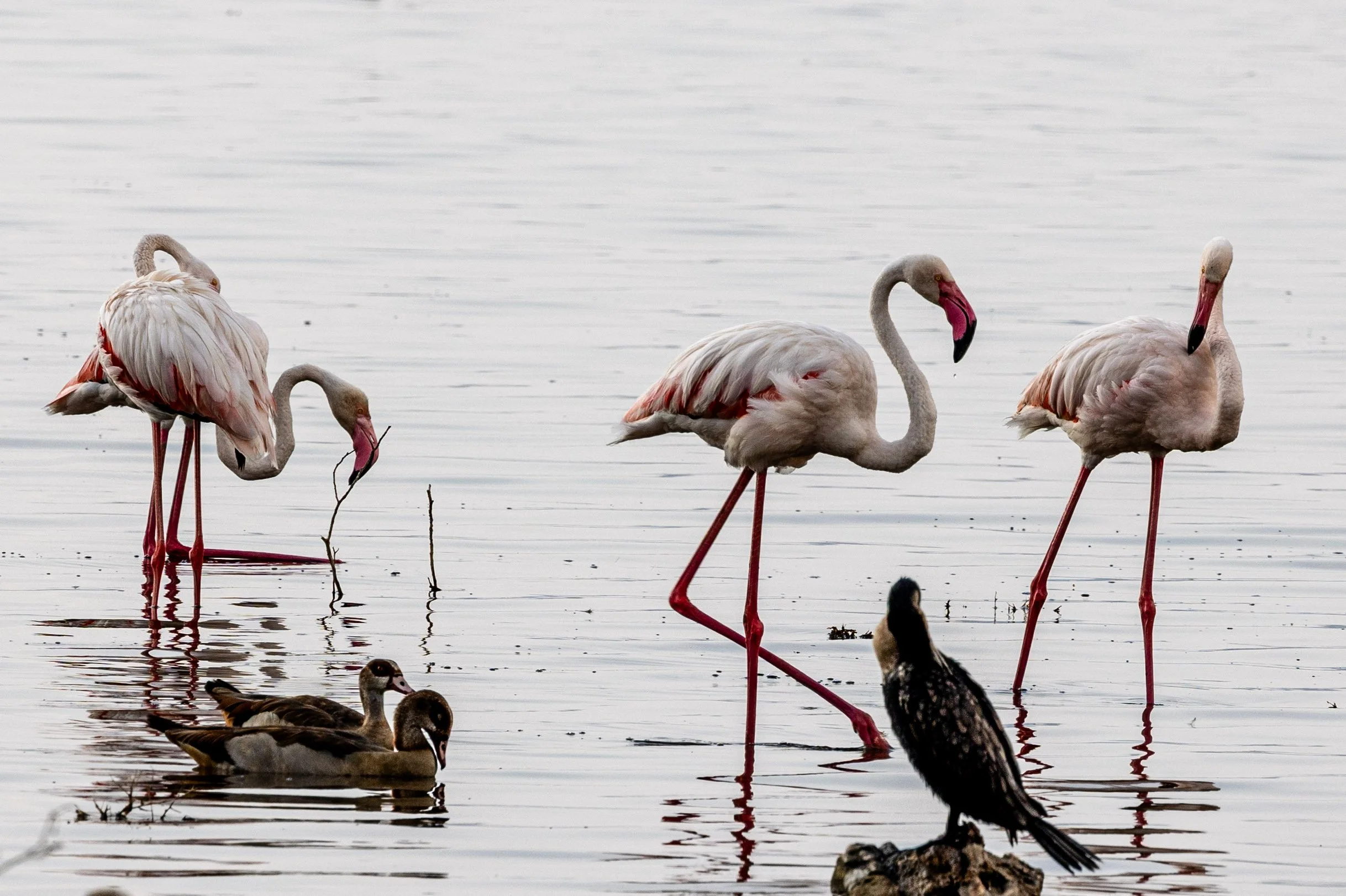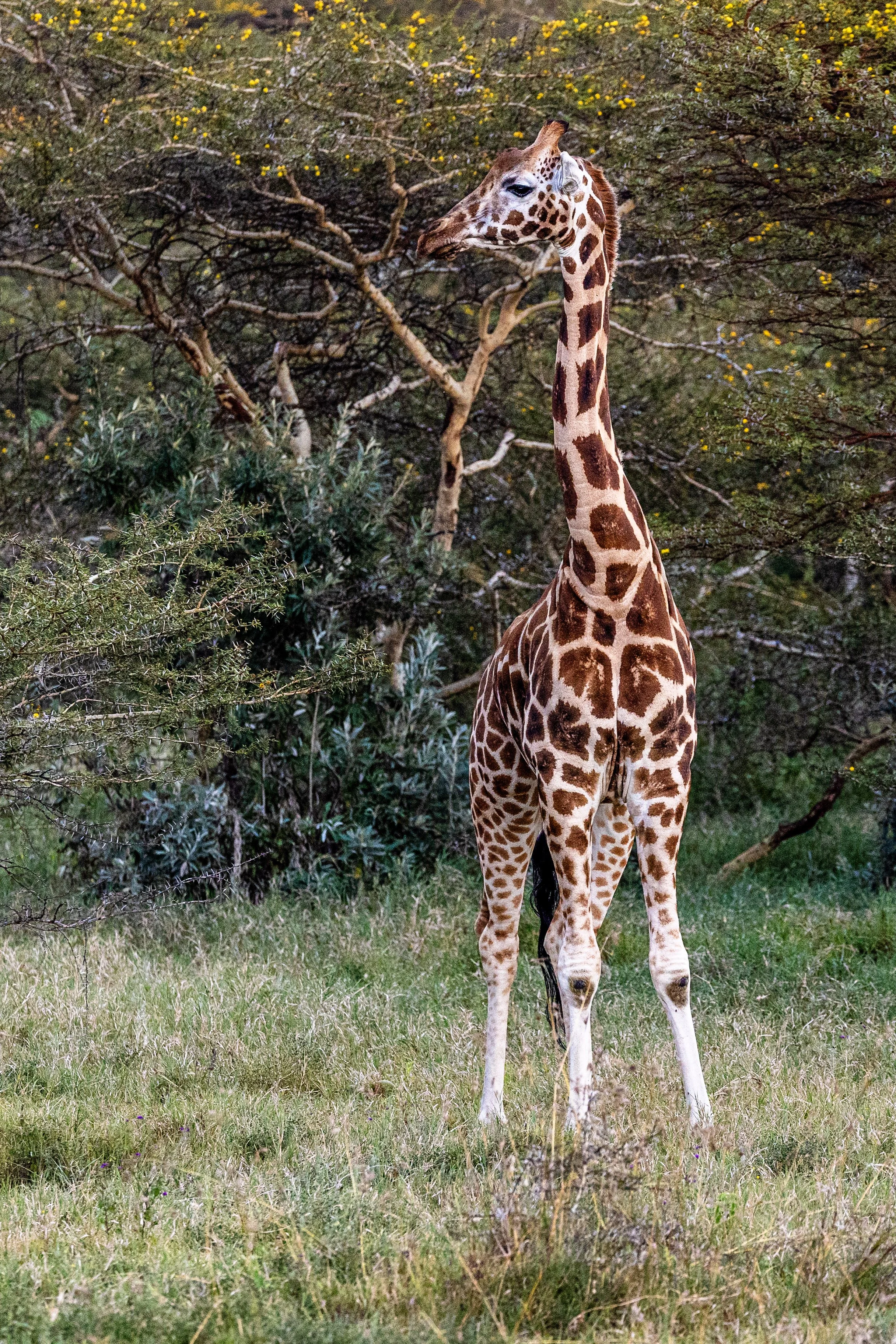
July 20, 2025
Lake Nakuru National Park
“Lake Nakuru National Park (188 km2, 73 mi2) was created in 1961 around Lake Nakuru, near Nakuru Town. It is best known for its thousands, sometimes millions of flamingos nesting along the shores. The surface of the shallow lake is often hardly recognizable due to the continually shifting mass of pink. The number of flamingos on the lake varies with water and food conditions and the best vantage point is from Baboon Cliff. Also, of interest is an area of 188 km (117 mi) around the lake fenced off as a sanctuary to protect giraffes as well as both black and white rhinos.
The park has recently been enlarged partly to provide a sanctuary for black rhinos. This endeavour has necessitated a fence – to keep out poachers rather than to restrict the movement of wildlife. The park stretches for 12.1 km (7.5 mi) on the south eastern boundary with the Soysambu Conservancy, which represents a possible future expansion of habitat for the rhinos and the only remaining wildlife corridor to Lake Naivasha..” - Wikipedia
While everything you see and hear about Lake Nakuru mentions the flamingos, unfortunately due to climate change the water levels have increased which has destroyed the flamingos’ food. Therefore, the “advertised” flocks of flamingos are no longer present, though there are still a handful.
African Mourning Dove
Lake Nakuru
Weaver bird and several nests.
Cormorant
African Fish Eagle
Baboon
These baboons decided to nurse right next to our vehicle.
Vervet Monkey
Secretary Bird
African Spoonbill
Pelicans
Common Eland
The same eland, photo just cropped differently.










